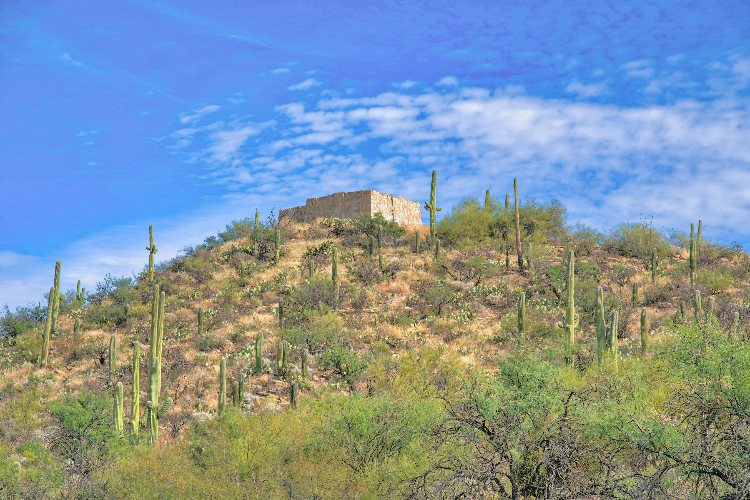
USA groundwater reserves are being depleted at a dangerous rate with 45% of 80,000 wells showing a significant decline in water levels since 1940
By
The USA is racing towards a water crisis. All across the country, groundwater reserves are being depleted at a dangerous rate, the New York Times has revealed. The impact of their depletion could be disastrous for the America and for global food supply.
An investigation found that 45 per cent of the more than 80,000 groundwater wells surveyed across the nation showed a statistically significant decline in water levels since 1940. Four in ten of the wells have hit record-low levels in the past decade.
Don Cline, the associate director for water resources at the United States Geological Survey, said: ‘There is no way to get that [groundwater] back. There’s almost no way to convey how important it is.’
The impacts are already becoming visible across the country. Groundwater sources under the breadbasket state of Kansas, which normally produce about 25 per cent of US wheat, are struggling to support the 2.6 million acres dedicated to industrial-scale agriculture. In the wake of two years of droughts and plummeting groundwater levels, Kansas is looking at its smallest wheat harvest since 1961.
Meanwhile, in Phoenix, the fastest-growing city in the US, state officials have effectively banned the construction of new houses relying on groundwater due to overuse and a decades-long drought that has made the region increasingly reliant on underground supplies.
New York State is hurtling headlong into a drinking water crisis from Long Island to the Hamptons because of over-pumping, and across parts of Utah, California and Texas, roads are cracking, foundations are collapsing, and sinkholes are appearing because of sinking groundwater levels.
Related links:
‘From an objective standpoint, this is a crisis,’ Warigia Bowman, a law professor and water expert at the University of Tulsa, told the NY Times. ‘There will be parts of the U.S. that run out of drinking water.’
The causes of the depletions are a killer combination of growing population sizes, increased reliance on groundwater and climate change.
What are groundwater reserves?
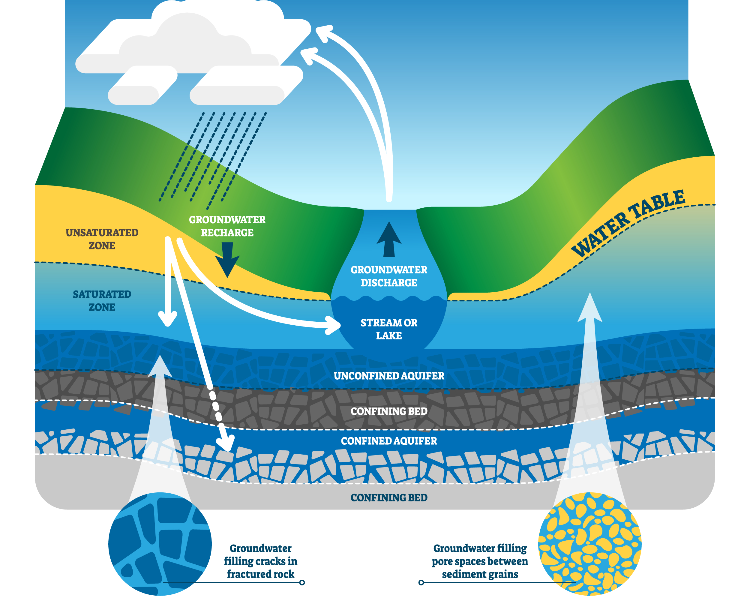
Groundwater is the freshwater that fills subterraneous cracks and gaps in rocks and sediments. It is the source of around 30 per cent of all readily available freshwater in the world.
An underground body of rock or unconsolidated deposit that holds a usable amount of water to pump up to the surface is known as an aquifer.
The USA relies on groundwater for 26 per cent of its water supply, pumping approximately 82.3 billion gallons of water to the surface each day, according to the most recent United States Geological Survey.
The water is crucial for the USA’s farming and agriculture industry, with the majority used for crop irrigation and livestock purposes, though plenty of states rely on the source for domestic uses like tap water too. States such as Kansas, Arkansas and California depend on groundwater for around 70 per cent of their freshwater supply.
Why are groundwater reserves being depleted?
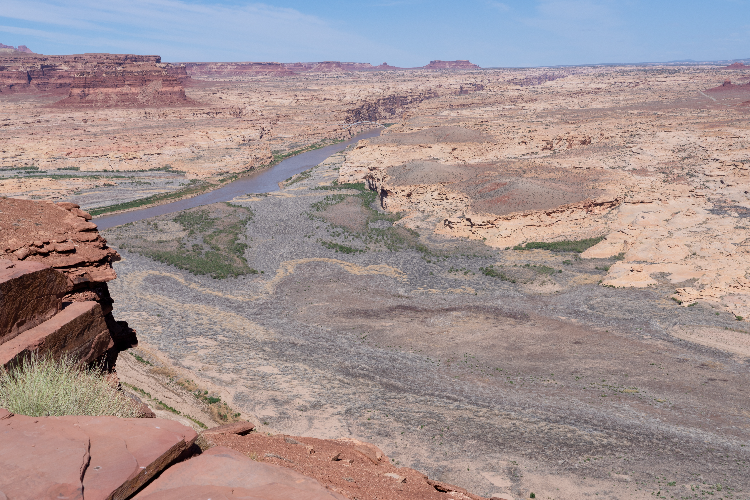
Drought on the Colorado River at Lake Powell’s Hite Bridge crossing. Image: Lisa Parsons/Shutterstock
Groundwater supply is usually replenished by rain and snow melts that soak into the earth and move through the layers of the earth until they reach the water table – the water level of the groundwater reservoir.
However, as global warming causes more surface water to evaporate before it has a chance to seep through the ground and replenish aquifers, groundwater is replenishing at a slower rate.
Extreme weather events like droughts exacerbate the problem through lack of rainfall. And even when climate fluctuations cause unusually heavy precipitation, this can often be counterproductive as water gathers at the surface and rushes off into lakes and oceans at a faster rate, instead of seeping into the ground.
At the same time, the snowpacks that feed the rivers are shrinking year on year as a result of rising temperatures. As a result, alternative sources of freshwater are also depleting, increasing the reliance on aquifers.
Add to this growing population rates, mushrooming cityscapes and the scaling up of industrial agriculture to meet rising global demand, and the result is a system where more groundwater is pumped out of the earth than could ever be reasonably replaced within one year.
Groundwater ownership plays a key role
There is also a cultural issue at hand. While in the UK, groundwater usage is regulated by the Environment Agency and Scottish Environment Protection Agency, and in the EU, much of the groundwater is under public ownership, most of the US operates under private groundwater law.
Many states have no or very limited groundwater regulations, and some, including Texas, Oklahoma and Colorado, explicitly allow groundwater to be pumped until it is gone.
This means there is no legal framework to disincentivize excessive reliance on groundwater, such as growing water-intensive crops like alfalfa and cotton in dry areas.
But as unregulated pumping reaches its logical conclusion, aquifers could be left high and dry, with estimated recovery times running into centuries or even millennials.
The impact on the USA could be ruinous.
What are the long-term impacts of depleting groundwater?
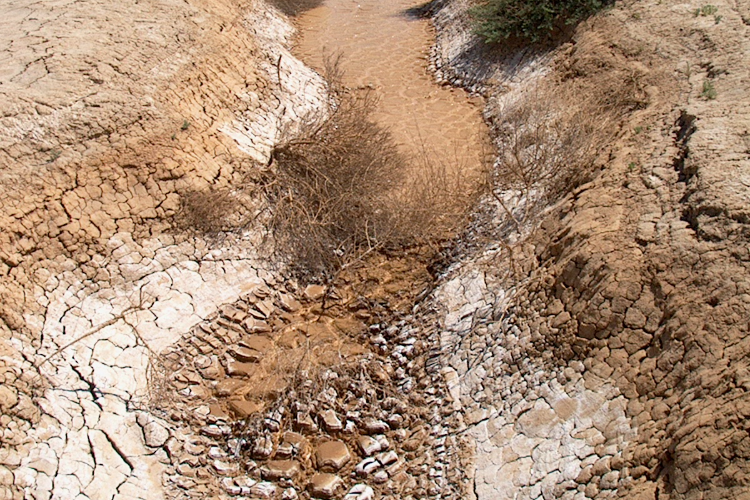
For one, land subsidence will worsen, and sinkholes will become more frequent. These impacts are already visible in areas such as Lucerne Lake (dry) in San Bernardino County, Mojave Desert, California.
Land subsidence occurs when the earth lying on top of areas that contained groundwater rushes in to fill the now-empty cavities in the beds of rock or sediment or when subsoil compacts. The process threatens infrastructure above and within ground.
In 2016, a sinkhole in Florida caused 200 million gallons of contaminated wastewater to leak into the crucial groundwater reserve below it.
On top of this, subsidence can result in a permanent reduction in total storage capacity of the aquifer system.
Groundwater depletion also poses an existential threat to lakes and perennial streams. Rivers that rely on groundwater are already turning to trickles or are disappearing entirely.
Parts of the Arkansas river have dried up over the last decades because of the depletion of the Ogallala aquifer. The Kansas Geological Survey predicts that the groundwater will be depleted in less than 25 years, with the river likely to follow suit. As will the ecosystems reliant on that river water.
Ogallala is a shallow aquifer that runs hundreds of miles beneath Kansas, eastern Colorado and the Oklahoma and Texas panhandles. It extends over some of the most crucial spots for American agricultural production.
Without preparation, the USA could see a significant loss in food production and water security. The agricultural industry raked in $177 billion in 2021 for the USA. The country is the world’s leading exporter of food, the largest producer of maize, the third-largest of wheat and the fifth-largest of potatoes.
So besides the impact of food and water scarcity on local economies and populations, there are likely to be repercussions on the economic standing of the US.
Why are we only hearing about this now?
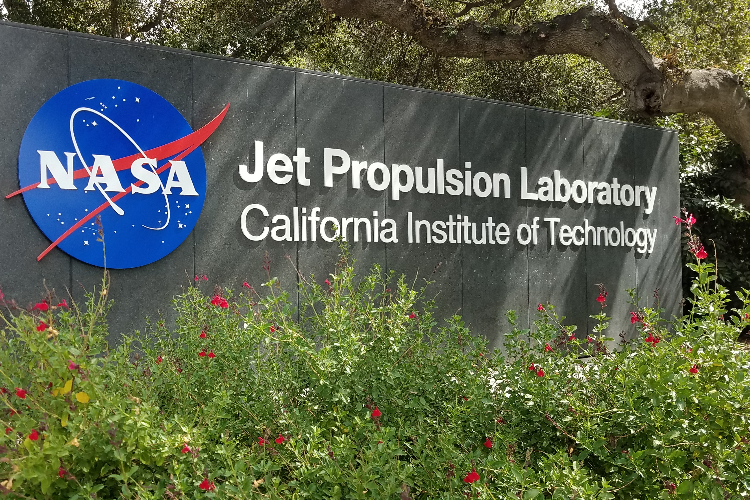
According to some experts, the USA appears to have reached the point of no return. Hydrologists around the country have been raising the alarm throughout the last decade, but they tended to focus on individual aquifers and regional developments.
Before the NY Times launched its months-long investigation, groundwater was not well-researched at a national level. Journalists for the paper built a huge database using water level readings from thousands of agencies around the country, crop-cover changes and population patterns, and even data from satellites that use subtle changes in gravity to estimate groundwater levels.
The satellites are operated by Jet Propulsion Laboratory and supported by NASA. Research projects conducted by JPL confirmed that aquifers in the USA are in decline. Groundwater sources in California and Arizona exceeded their lowest levels since records began 20 years ago, according to research by Bridget Scanlon and Ashraf Rateb at the University of Texas.
In general, the investigation concluded that every year since 1940, more wells have recorded falling rather than rising levels.
Solutions
The future of USA groundwater is uncertain. It seems the country is rapidly heading towards a crisis that sees water usage outstrip groundwater capacity.
Though a complete reversal may only be possible with drastic intervention and on a multigenerational timescale, there are ways that effective water management could slow the descent.
The NGO Pew Charitable Trusts promotes the idea of ‘managed aquifer recharge’, in which pumping is reduced and alternative water sources such as storm flows and treated urban wastewater are directed onto land. These alternatives can be used to water agricultural land or replenish groundwater supplies by allowing the water to seep through the soil above aquifers.
The agricultural industry also has a role to play. By electing less water-intensive crops for dry regions and shifting to more sustainable farming practices, huge amounts of water could be saved. Water conservation, in both industry and domestic use, are paramount.
Most importantly, these solutions require a fundamental shift in attitude.
‘We need to recognise that whilst groundwater may be invisible, it is not inexhaustible,’ said VK Madhavan, a chief executive of WaterAid India, where groundwater depletion is also an issue. ‘There is an urgent need to govern the extraction of groundwater and reduce the demand on it.’




